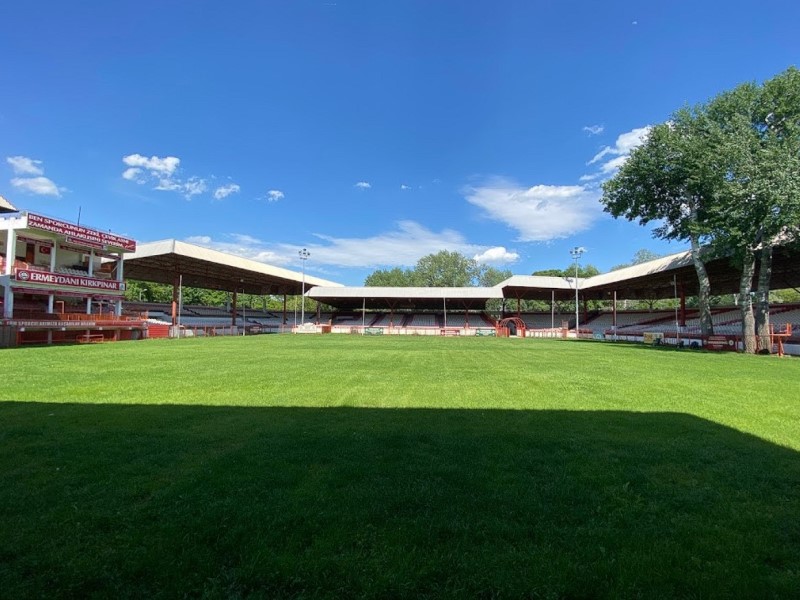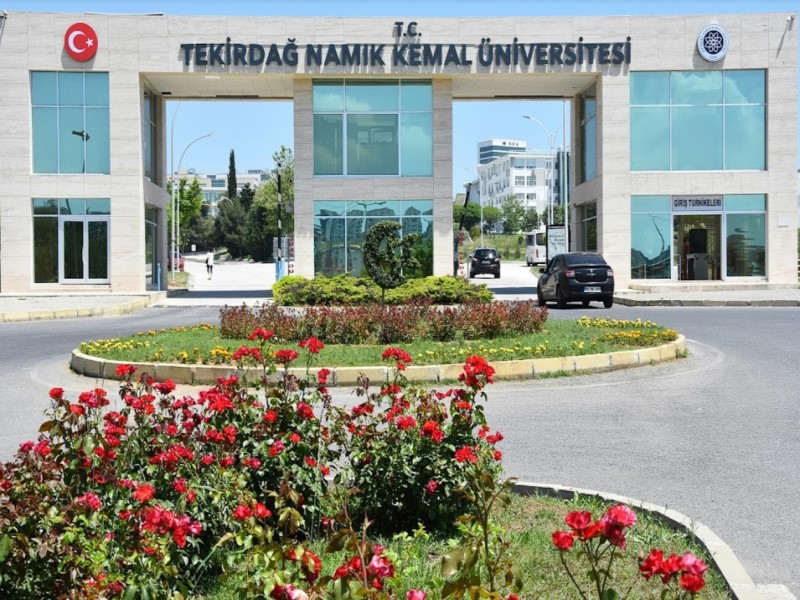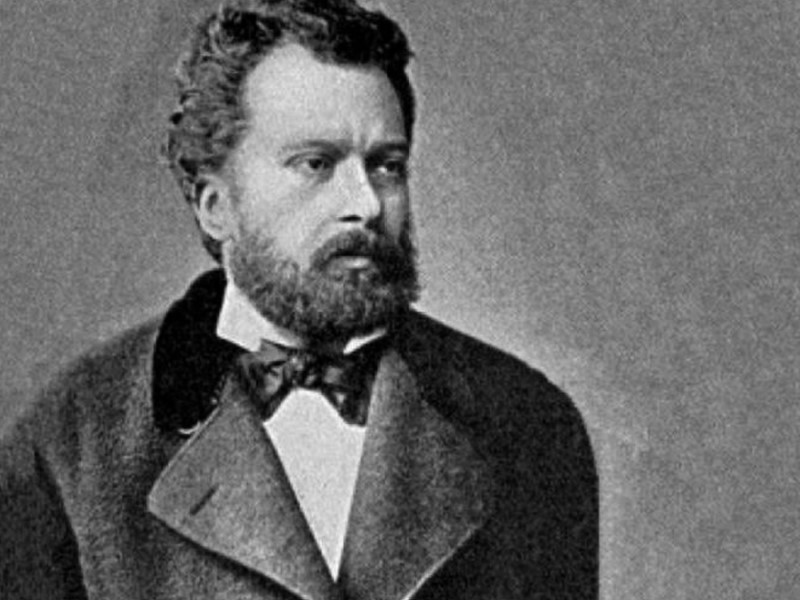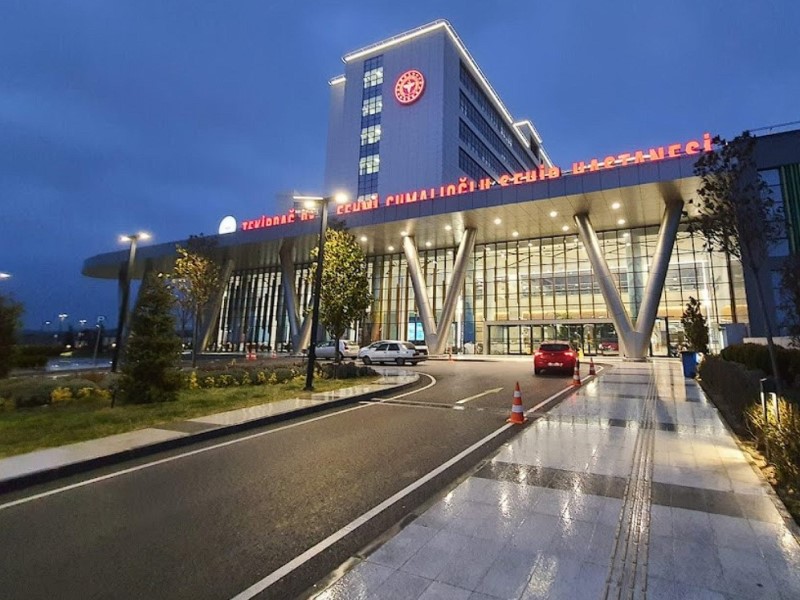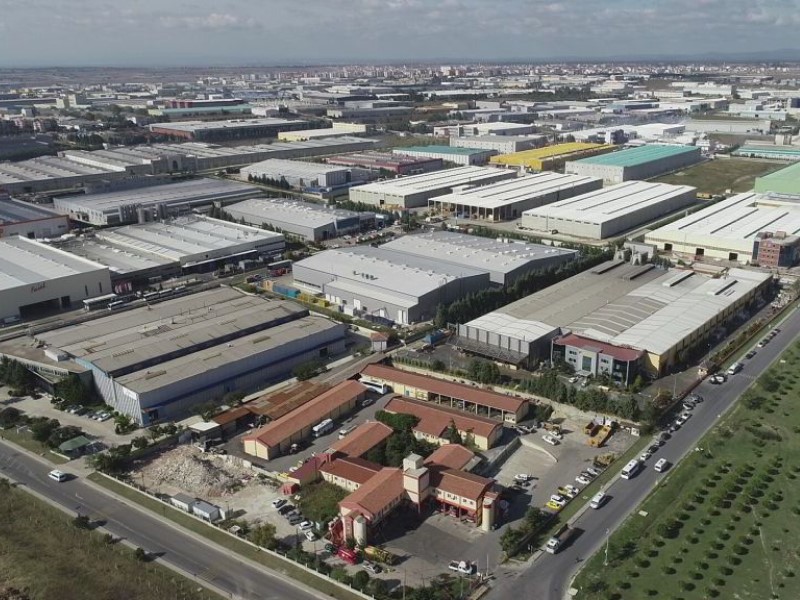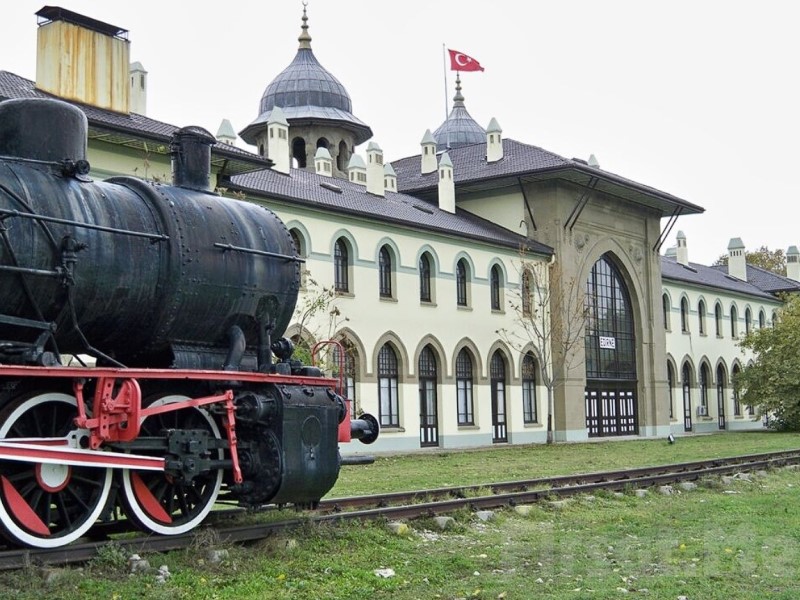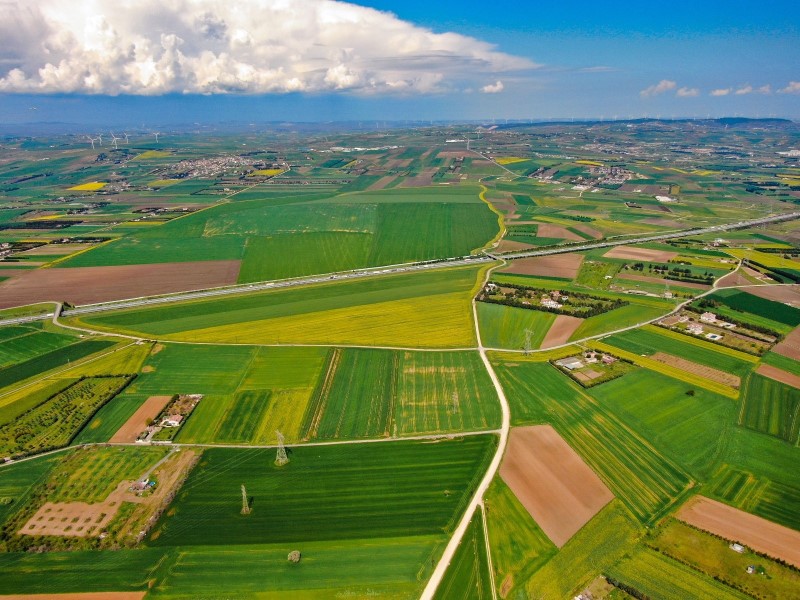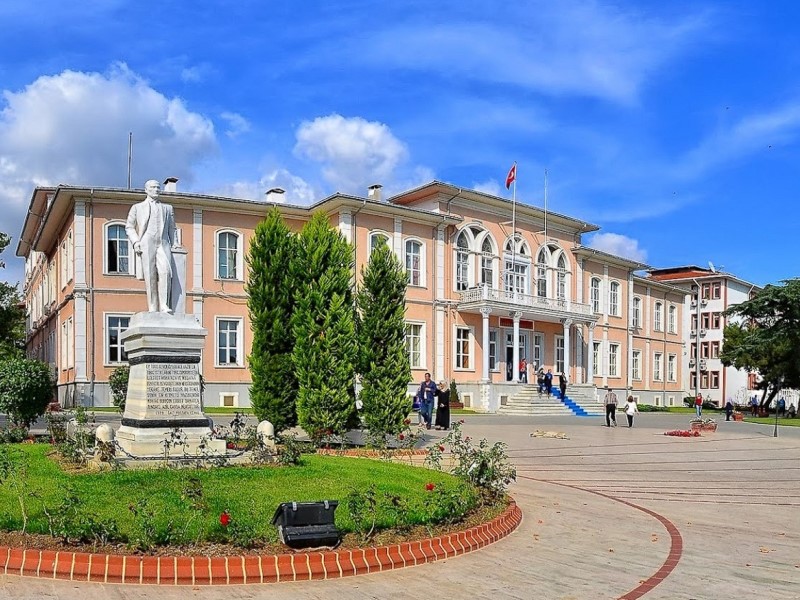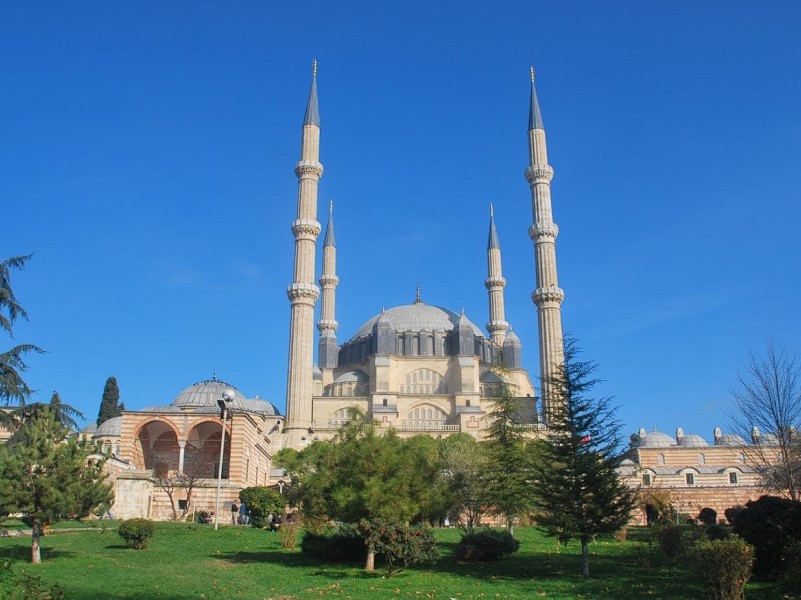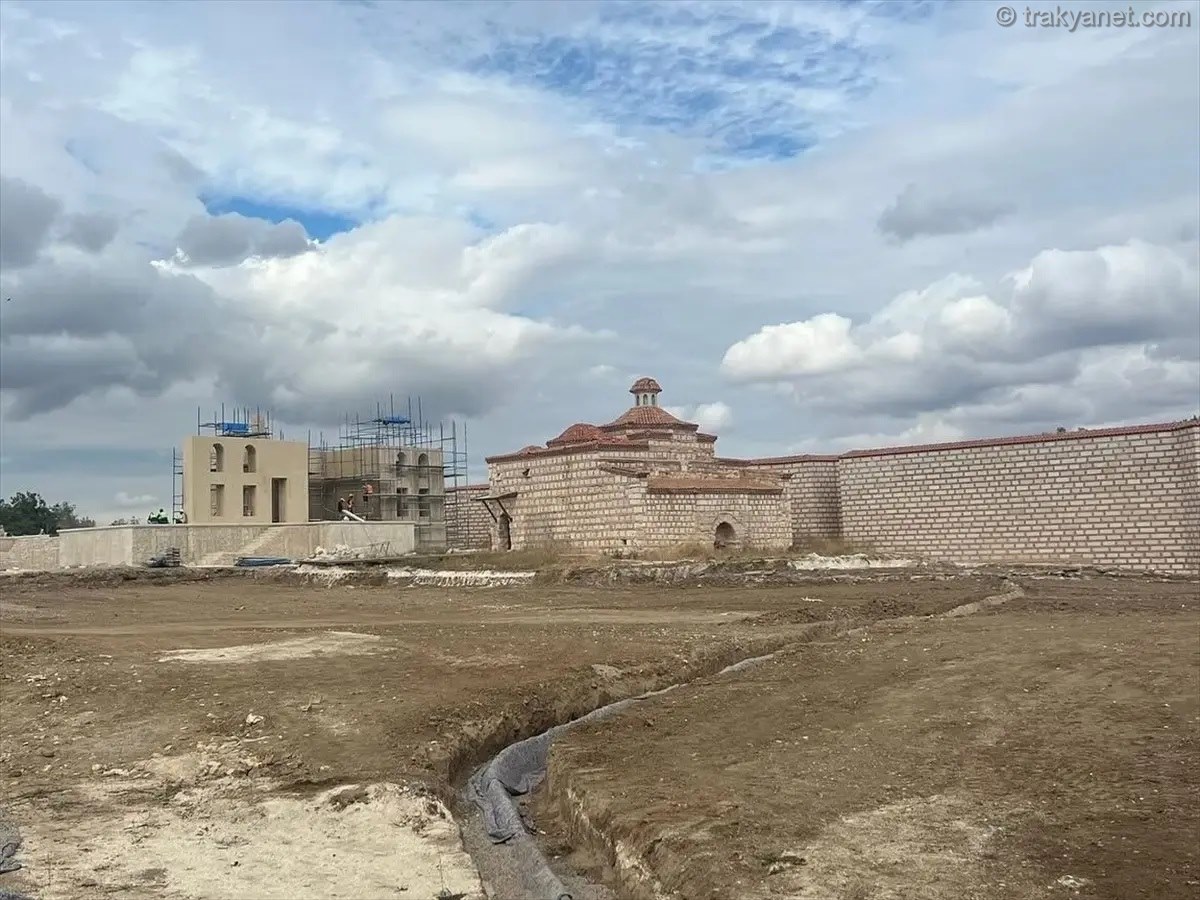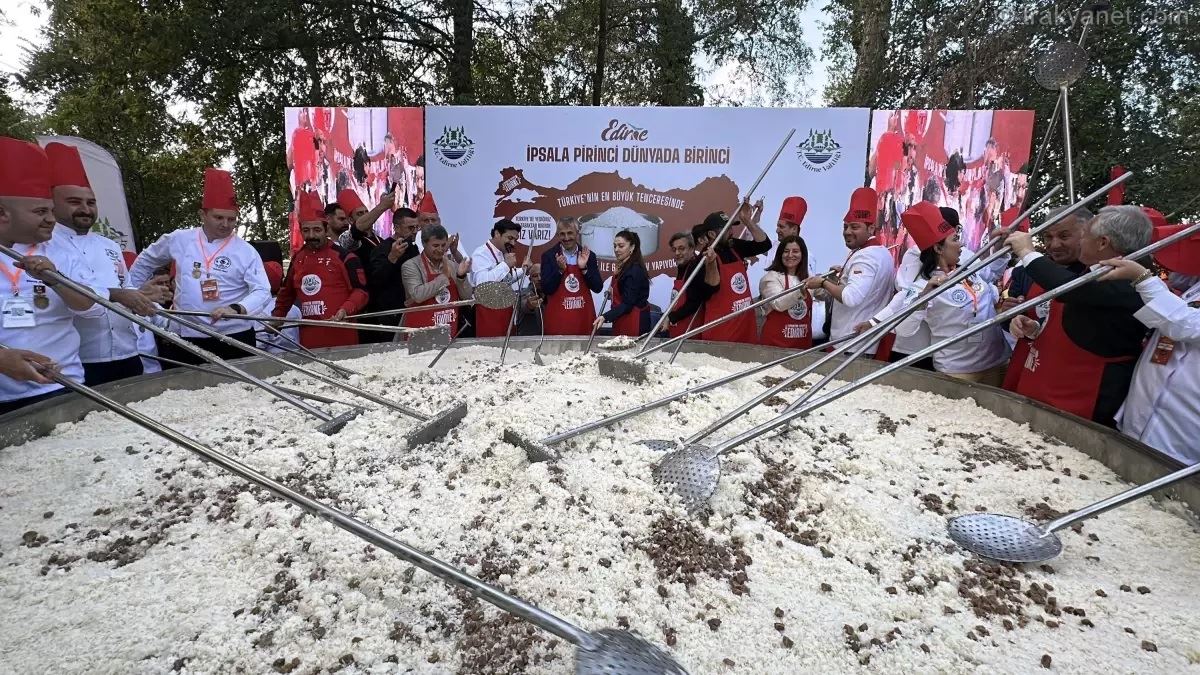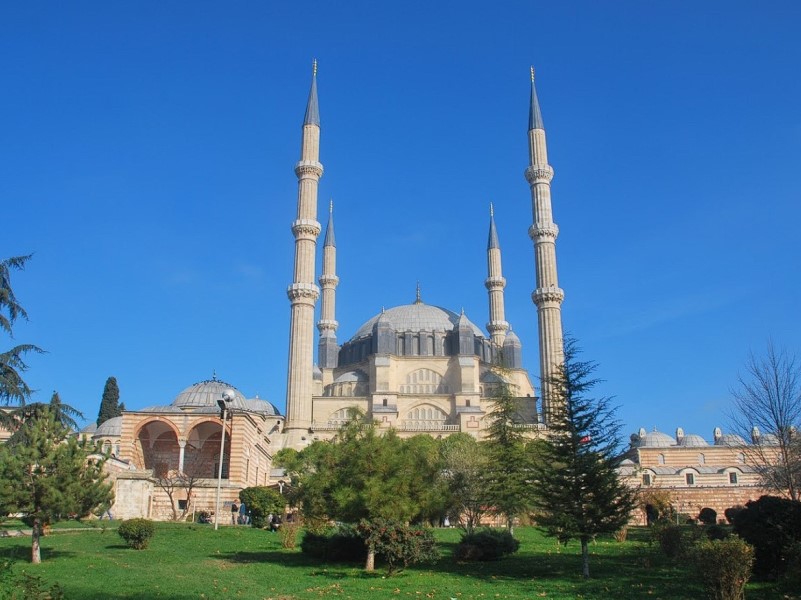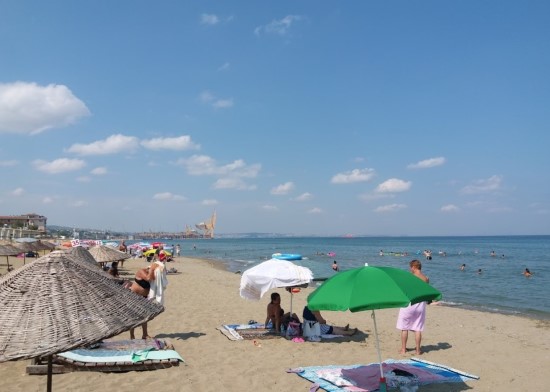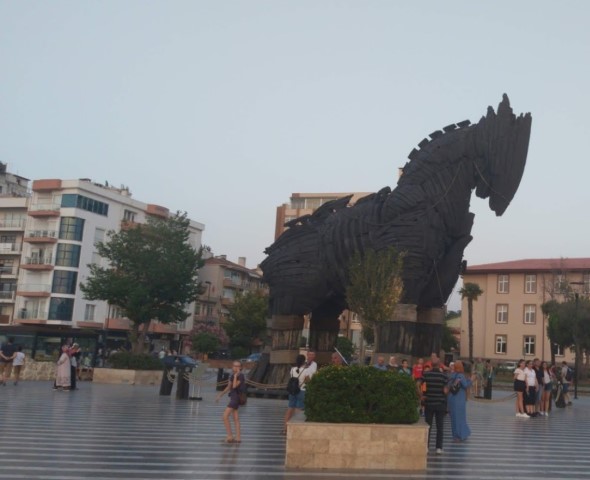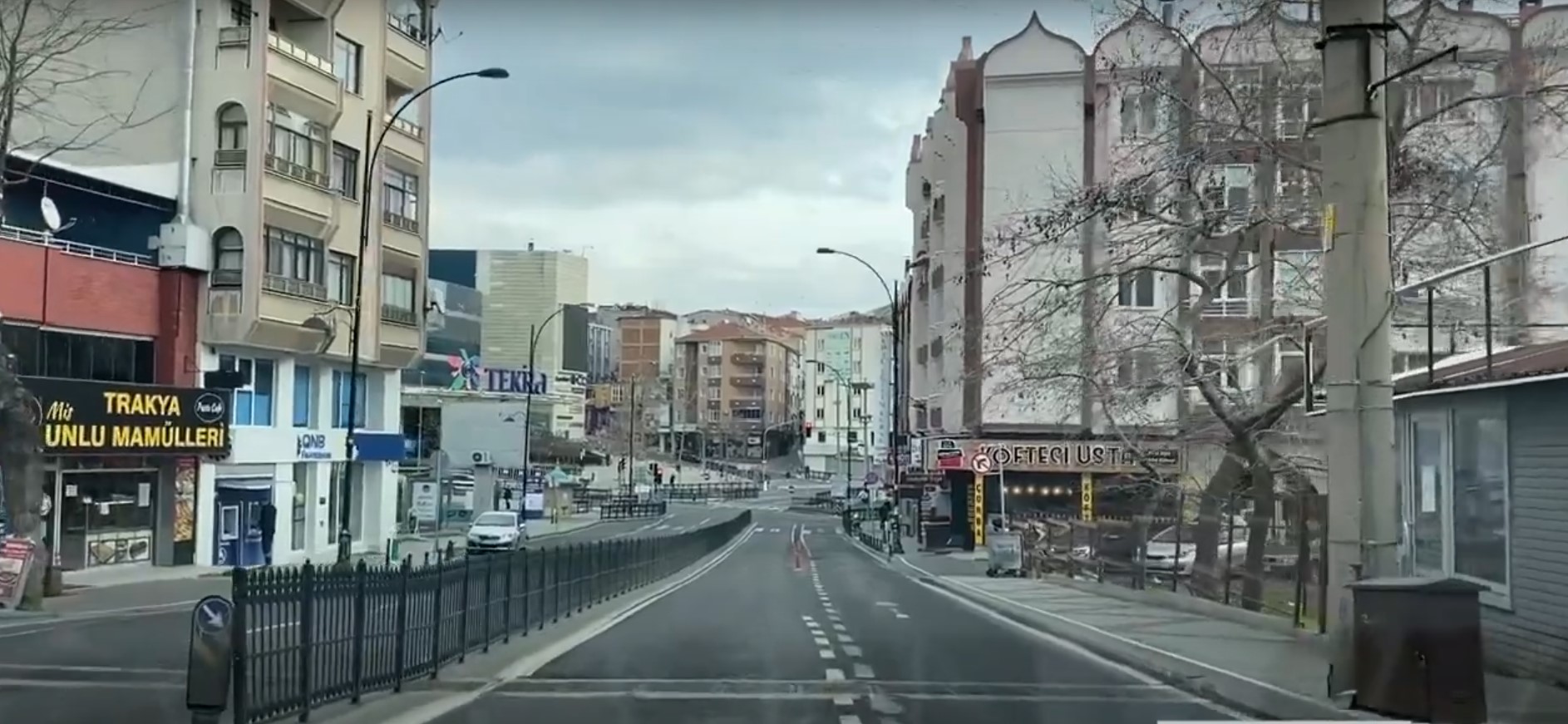Significant progress has been made on the Cihannuma Pavilion and Arz Odasi as part of the renovation of Edirne Palace, the historic home of the sultans whose foundation was laid in 1450. Teams are working to restore the palace's splendor in line with a five-year Master Plan.
Revitalization efforts to restore Edirne Palace, which hosted sultans such as Mehmed the Conqueror and Suleiman the Magnificent and whose foundations were laid in 1450 during the reign of Murat II, are continuing.
Within the scope of the revitalization work carried out by the Presidency of National Palaces, restoration teams have made significant progress in the Cihannuma Pavilion and the Arz Oda.
Teams continue to work on other structures within the framework of the 5-year Master Plan prepared to return the palace to its glorious days.
Meanwhile, archaeological work is also continuing in the first and second courtyards of the palace.
Within the scope of the work, the restoration of the city walls, the water maksem (the place where the water divides into branches), the prayer area and the fountain were completed.
AK Party Edirne Deputy Fatma Aksal and Edirne Culture and Tourism Director Kemal Soyturk inspected the area where restoration work is ongoing.
Aksal and Soyturk toured the restored structures of the palace and were impressed by the work. The palace received information from Mert Can Polat, the National Palaces Edirne Officer.
AK Party Edirne Provincial Council Member Nergiz Ince also attended the visit.
Edirne Palace
The construction of Edirne Palace, which began in 1450, was completed in 1475. The palace suffered damage as it was used less from the second half of the 18th century onwards, and was devastated by the great earthquake in 1752 and the fire in 1776. Partially repaired in 1827, the building was used as a military base by the Russian forces that occupied Edirne in 1829, and it suffered the greatest damage during this period.
Many buildings were saved during the repair period during the reigns of Governor Hursit Pasha and Haci Izzet Pasha, but as the occupying forces approached the city during the 1876-1877 Russian War, the ammunition piled up around Babussaade (Ak Agalar Gate) was detonated to prevent it from falling into enemy hands. Many structures of Edirne Palace were also destroyed by this explosion.
From Edirne Palace, which is thought to have consisted of around 100 structures, only 11 structures have been excavated to date, including Babussaade, Adalet Kasri, matbahi amire (kitchen), water maksem, Hunting Lodge, Namazgahli Fountain and Kum Kasri Bath.
The area, where many universities carried out rescue excavations for many years, was transferred to the Presidency of National Palaces in 2022 for revitalization works.






